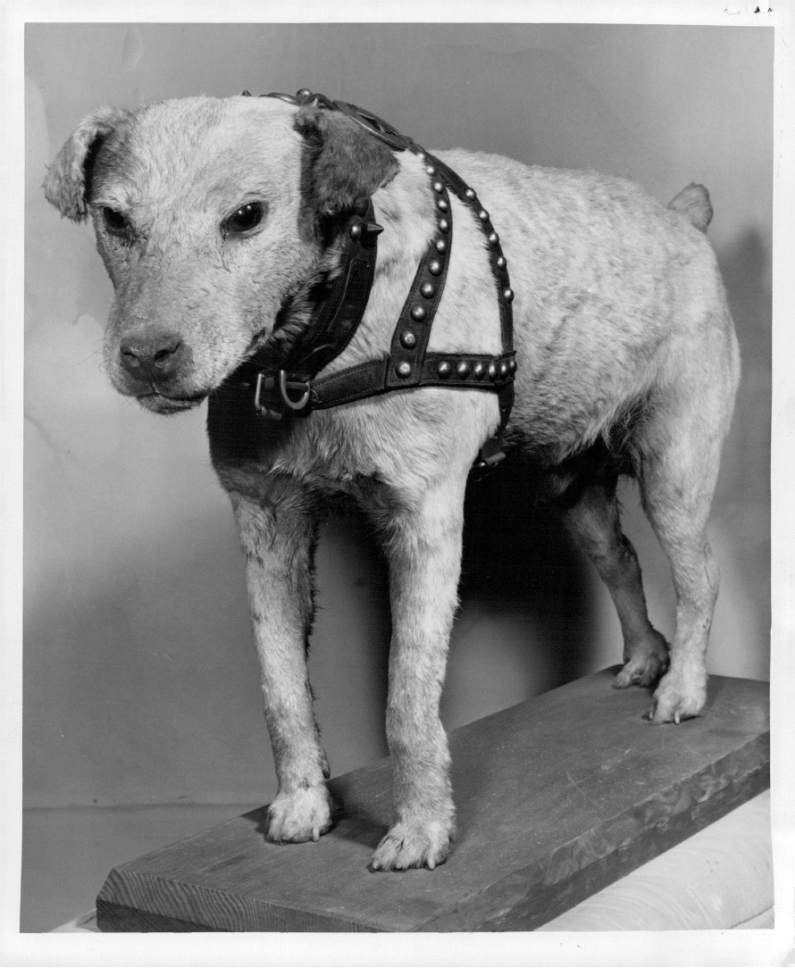This is an archived article that was published on sltrib.com in 2017, and information in the article may be outdated. It is provided only for personal research purposes and may not be reprinted.
Everything comes to an end. "Disturbing History" is now history. Starting next Saturday, this column will return to its original format.
"Disturbing History" was a trial to see whether readers were interested in the more colorful but little-known aspects of Utah's past. Turns out that most of us have a hard enough time just paying attention to right now.
This doesn't mean that the past will stay in the past. I'm still fascinated by the ghosts we move among, and the faint echo of the footsteps from those who have gone before.
It's easy to get caught up in the notion that history is just one major event after another — the Great War, the Depression, World War II and so on. While those are significant milestones in the long march of time, I'm more interested in day-to-day life.
What did the average Salt Lake City family eat for dinner? What was the commute to work like? And how did they — I don't know — treat their pets?
Years ago, I tapped into the story of Salt Lake City's first police dog, a smallish fox terrier named Bunjo.
According to accounts in various newspapers, Bunjo showed up at the police department in 1908. Some say he was adopted by the officers who discovered his original owner dead in an apartment.
Anyway, Bunjo soon became a celebrity around town. It wasn't uncommon to see him hanging from the seat of some criminal's pants while officers made an arrest.
The first time Bunjo made headlines was when he got into a fight with the fire department's dog, inauspiciously named Yum. The Salt Lake Herald (July 25, 1912) reported that Bunjo had taught Yum not to chase the station's tame cats.
Yum apparently wasn't any better at fighting fires than he was other dogs. A few weeks after Bunjo laid into him, Yum permanently met his match during a fire drill.
As a horse team was pulling the ladder truck out of the firehouse, Yum leaped at the heads of the horses. He was knocked down, run over and killed by the truck.
Bunjo's fame spread as he followed patrol officers on their beats. He soon became a regular news item. He chased suspects, snooped around in dark alleys, and kept the police department free of strays.
In 1913, a man named E.B. Beardsley kicked Bunjo for picking a fight with his dog. It was a savage kick that earned the man (and both dogs) a trip to jail.
Bunjo wasn't past committing a few crimes himself. In January 1914, he was locked in the city's drunk house for stealing meat from a butcher.
In 1915, Bunjo lost a fight with The Salt Lake Tribune's bulldog (name unknown) and was injured badly enough to require a few days off the beat.
And as all good things come to an end, so, too, did Bunjo. He died May 1, 1916, in the desk sergeant's office, shortly after seeing the day watch back to the station. He was mounted and placed in a glass case. Hanging from his harness was the silver and gold star of the Salt Lake City Police Department.
The department tried to replace Bunjo. His immediate successor was a dog named Steve. He lasted five months before officers decided it just wasn't the same. The next replacement, Murphy, didn't work out either. Nor did Bozo, the third attempt to replace the irreplaceable.
Exactly what happened to Bunjo is a mystery. He was eventually removed from the station and taken home by a retired detective. From there no one knows what happened to what The Tribune referred to as "the most renowned police dog of the West."
Robert Kirby can be reached at rkirby@sltrib.com or facebook.com/stillnotpatbagley.





